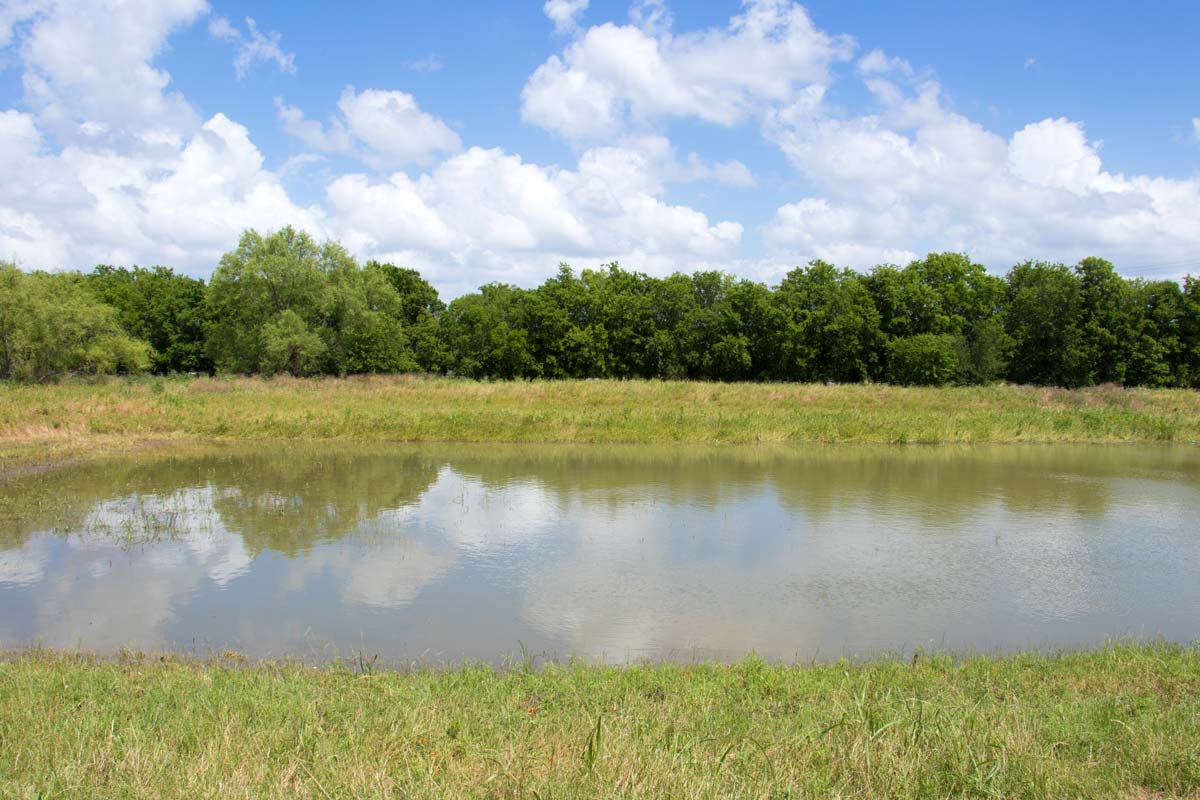Stormwater Basin Rehabilitation
Stormwater basins, sometimes called retention basins, play an important role in land development for managing stormwater runoff and providing a way to capture and settle pollutants. Not only do stormwater basins reduce downstream flooding and erosion, but they also remove the nutrients and other pollutants before they can adversely impact downstream water resources.
But as materials build up in a stormwater basin over time, the less effective the basin becomes. This is true for even the most well-designed and well-maintained basin. For that reason, most all stormwater basins will require periodic rehabilitation, which is best handled by a skilled services provider such as ONE Environmental.
For example, ONE partnered with the Homeowners Association (HOA) Board of a large residential development located in Yorktown, Virginia to rehabilitate a stormwater basin that had been established for more than 30 years. The HOA had several objectives for the project, such as preventing roadside ditch flooding and re-establishing a working fountain for aesthetics and mosquito control. Another goal was to increase the basin’s storativity, an indication of how well the basin is handling and filtering the water flowing through it.
Following an initial evaluation of the basin, recommendations were made to the HOA, and ONE was selected to implement the rehabilitation plan. The project included performing a bathymetric survey to precisely determine the quantity of muck that had accumulated in the basin, and closely coordinating with local and state regulatory agencies to ensure compliance.
The ONE team also sourced and screened a muck disposal location, and they designed basin improvements including forebays at all inlet and outlet locations. The forebays provide additional places for sediment to settle from stormwater runoff before it is delivered to the main basin or downstream.
Working closely with regulatory entities, the ONE team identified contaminants of concern (COCs) and analytical test results were screened against the appropriate regulatory criteria for approval to place muck material in the sourced disposal site.
ONE was also asked, on behalf of the HOA, to prepare a detailed Request for Bid (RFB) document and solicit bids from qualified contractors. The RFB included detailed plans and permitting to cover erosion and sediment control (ESC) and land disturbance permitting (LDP), mobilization and site preparation, muck removal techniques, transportation and disposal including dust and spill control, and forebay installation.
ONE then presented contractor bids to the HOA board and provided full details of the methods and means of all aspects of the project. A schedule was provided and included an interactive on-line Gantt chart service that so that all stakeholders could easily track progress during the completion of the project.
Under the ONE team’s leadership, the project was successfully completed on-time and within budget. A total of 1,000 cubic yards of material were removed and placed at the disposal site. All ESC measures were approved by the County and bonds were released once vegetation was established.


